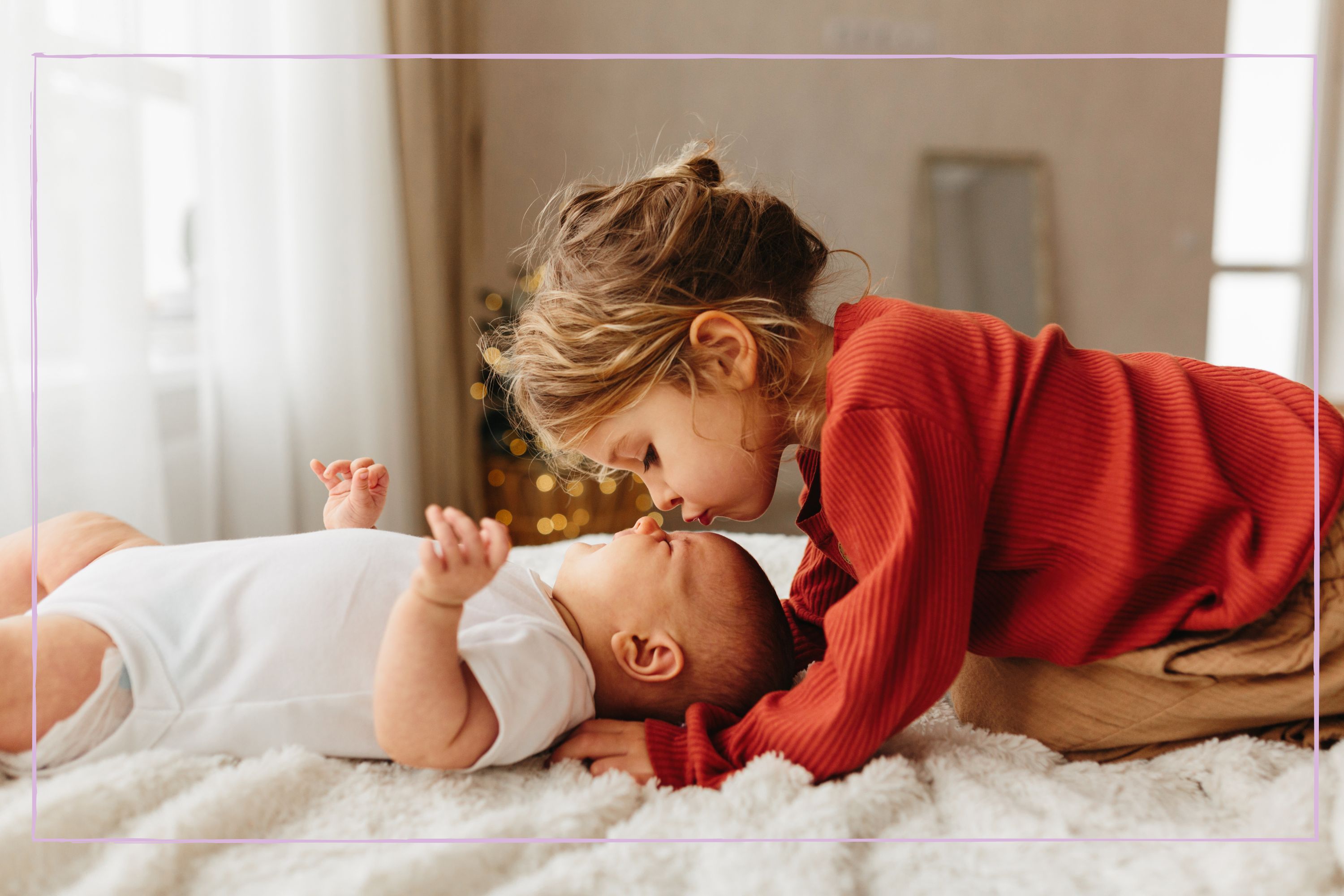
Studies have looked into the impact sibling age gaps have on children, and one narrow window was shown to be beneficial for parents and kids.
Having a baby is hard work - there's the sleepless nights, postpartum hormone changes and the challenges of breastfeeding to name just a few of the hurdles - and even when your little one gets older, parenting doesn't get any easier. Despite this, raising children is one of the most rewarding jobs out there, and many will decide to do it all over again (and sometimes several times over) and have another baby.
But knowing when you're ready to have another child isn't straightforward. As well as factoring in how your family life will change, you might also be wondering how having a sibling will shape the little one you already have. It's well documented that brothers and sisters have an impact well into adulthood, with research finding that kids who fight with their siblings will fare better in life as well as the ways having siblings can affect a teen's mental health. And did you know that the oldest sibling is likely to earn more?
All this leaves some parents wondering if there is a perfect age gap between children. And while every family is different, and there's no real 'perfect' time to have a new baby, research has suggested that certain age differences have more benefits than others.
For example, a study published in The Journal of Human Resources found that older children who are more than two years apart from their younger siblings show a higher test score in maths and reading. Meanwhile, research published in Early Child Development Care suggested that an age gap of less than 21 months results in the younger sibling scoring lower on vocabulary, reading and maths.
Speaking to iNews, child psychologist Dr Michele McDowell previously suggested: "One reason for this could be that when parents have children close together they have less time to spend talking, interacting and reading with each child, which could impact on academic outcomes."
But, on the other hand, an age gap of more than five years was associated with an increased risk for preeclampsia (a condition that causes high blood pressure during pregnancy and after labour) in a study published in the American Journal of Obstetrics and Gynecology. The research also found that when the age gap was less than two years between the pregnancies, mothers were at risk of labour dystocia (delayed or slow labour).
A more recent study published in 2022 concluded that, based on this research, the optimal time between pregnancies for the childbearing parent appears to be 18 to 23 months, meaning the children would have a 27 to 32 months age gap.
But, while the research suggests that the 'perfect' age gap between siblings for both children and parents is around two and a half years, remember that every family and every pregnancy is different.
Deciding whether you're ready for another baby involves looking at so many other factors - from your financial position to your relationship with your partner and your family's overall wellbeing. And if you are worried that your children are going to be negatively affected when it comes to their academic performance, remember there are so many more markers of success in life - from happiness and life satisfaction to mental health and resilience.
In related news, a toddler expert has shared her simple tip for preventing sibling rivalry and these four tips can help teach your kids to share. Elsewhere, if you think you're the favourite child you're probably wrong - a psychologist has revealed why.







